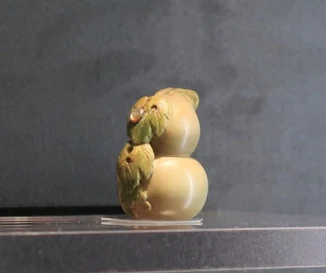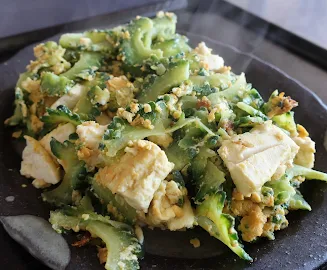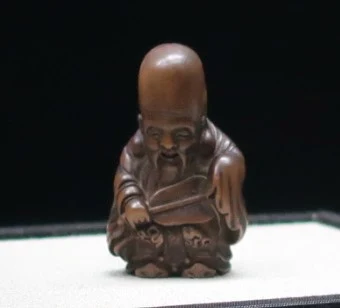Japanese follows English. 英語の後に日本語が続きます。
What do you think this is?
 |
Do you know what this is? 何でしょう?
|
This is "age bitashi" of summer vegetables, that is, deep-fried summer vegetables soaked in Japanese broth!! It's so easy to make.
1. Cut vegetables you like, e.g., red, yellow and green bell peppers, okra, pumpkin, eggplants, green beans, carrots, etc., into large chunks.
2. Deep fry all these vegetable chunks.
3. Put all these deep-fried vegetable chunks in a container of Japanese broth or dashi!!
4. Wait for them to cool down before you put them in the fridge.
Oh, you've never made Japanese broth? No problem! You can buy it online. Find "men tsuyu," "soba tsuyu" or a similar name, like "xxxx tsuyu." "Men tsuyu" is "tsuyu" or Japanese broth for "men," meaning not the plural of man, but noodles, so "soba tsuyu" is "tsuyu" for "soba noodle" and "somen tsuyu" is "tsuyu" for "somen noodle," but the name doesn't matter as long as it's some "tsuyu." One point to note is that you read carefully the food label to find whether the "tsuyu" you bought needs to be diluted with water or not.
Not only is this dish colorful, nutritious and tasty, but it goes well with beer, saki and wine, especially white and sparkling wine!! I hope you will like it!
(If you wish to post your comment but don't have a Google account, select "anonymous" from the drop down menu titled "comment as"!)
夏野菜の揚げびたしです。パプリカ、ピーマン、オクラ、茄子。。。 まあ何でも素揚げしてめんつゆに放り込めばいいわけです。簡単だけど栄養と見た目の両方から暑さを吹っ飛ばしてくれました。難点はパプリカ。お値段ちょっと高いけど奮発しました😅!
(Google アカウントを持ってない方は、コメント記入後に「Google アカウント」をクリックし、「匿名」か「名前/URL」を選択してからご記入ください!)















































